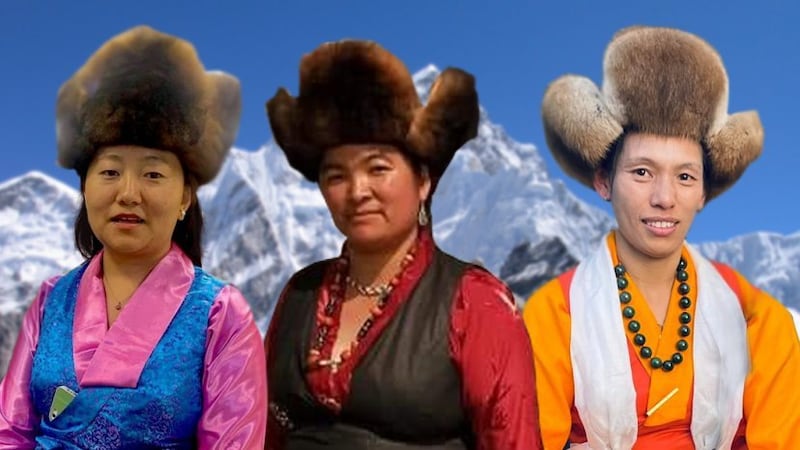May 29 marked the 69th anniversary of the first ascent of Everest. Rituraj Sapkota, our Press Gallery videographer talked to some wāhine Sherpa about how they reconcile their indigenous beliefs with the western concept of “conquering” a mountain; about their Aotearoa connection and lessons to take from te ao Māori.
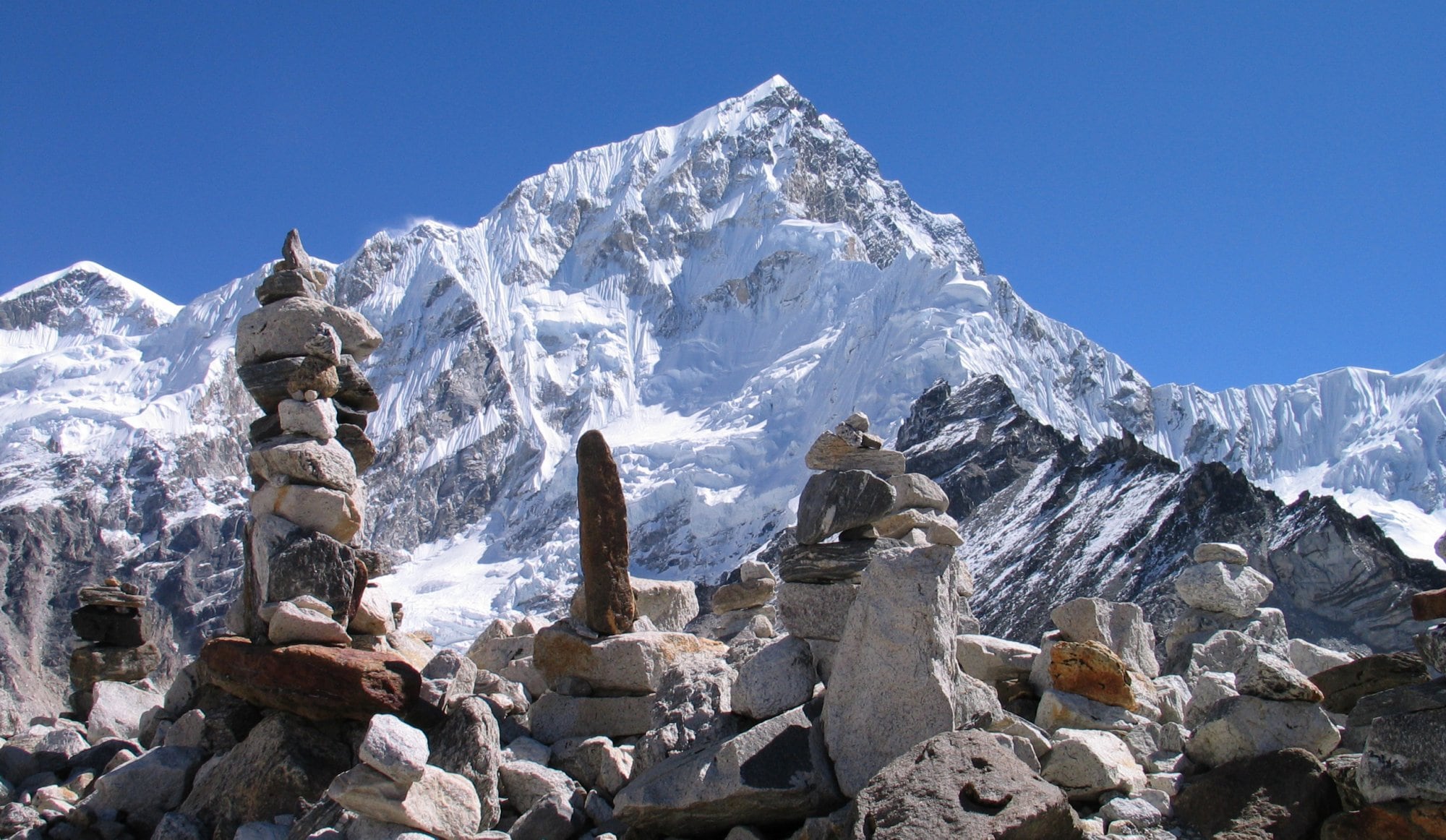
"Ko Everest te maunga" is how Yangzin Sherwa begins her pepeha. Mt Everest is the name given in 1856 by surveyors in India to Chomolungma (Mother Goddess of the Earth), the mountain whose shadow she was born under, in the Khumbu region of northeastern Nepal.
"We worship Chomolungma as we do many other peaks,” Sherwa says. "The Goddess Miyasanglangma lives on her summit.”
Law student Phulamu Sherpa grew up calling the mountain Chomolungma. She was born in Lukla, which serves as a gateway to the Everest region and she spent the first nine years of her life there.
She was well in her teens when she started getting familiar with the name Everest. “My grannies still don’t know it’s called Everest,” she says.
But she reckons that is the name the world knows. “Everest is our identity. It’s what introduced us to the world.”
Of all the peaks of the Himalaya that lie in Nepal, Everest is the only one that carries a “western” name, and is also the only one named after a person. To Phulamu, the name doesn’t carry the same gravity.
“When I say Chomolungma, it raises in me a feeling of reverence. Everest sounds more like a trekking route. Like a place of work.”
And a place of work it is for most of the locals. Many in the Khumbu region work as mountaineering guides, high-altitude porters and trekking guides. Others operate lodges, hotels and restaurants along the trekking route.
While many other Nepali people come in from surrounding areas to work in the region, high-altitude porters and guides are almost exclusively Sherpa.
The irony in mountaineering
Yangzin Sherwa comes from a family of high-altitude workers. Her younger brother is a personal guide who has already finished his Everest summit for this season, and her father has “been to the top of Everest around 20 times.” But “conquering” is a foreign concept, she says. “There was no concept of “climbing”. People would think 'what will you get from climbing a mountain?' There is no dearth of hills and mountains in the Khumbu. Nobody has become great by climbing any of this.”
“Here and above,” she adds, pointing to her shoulders, “and the head - this is sacred in our culture. “And Chomolunga has her head too, and we shouldn’t be stepping on it.”
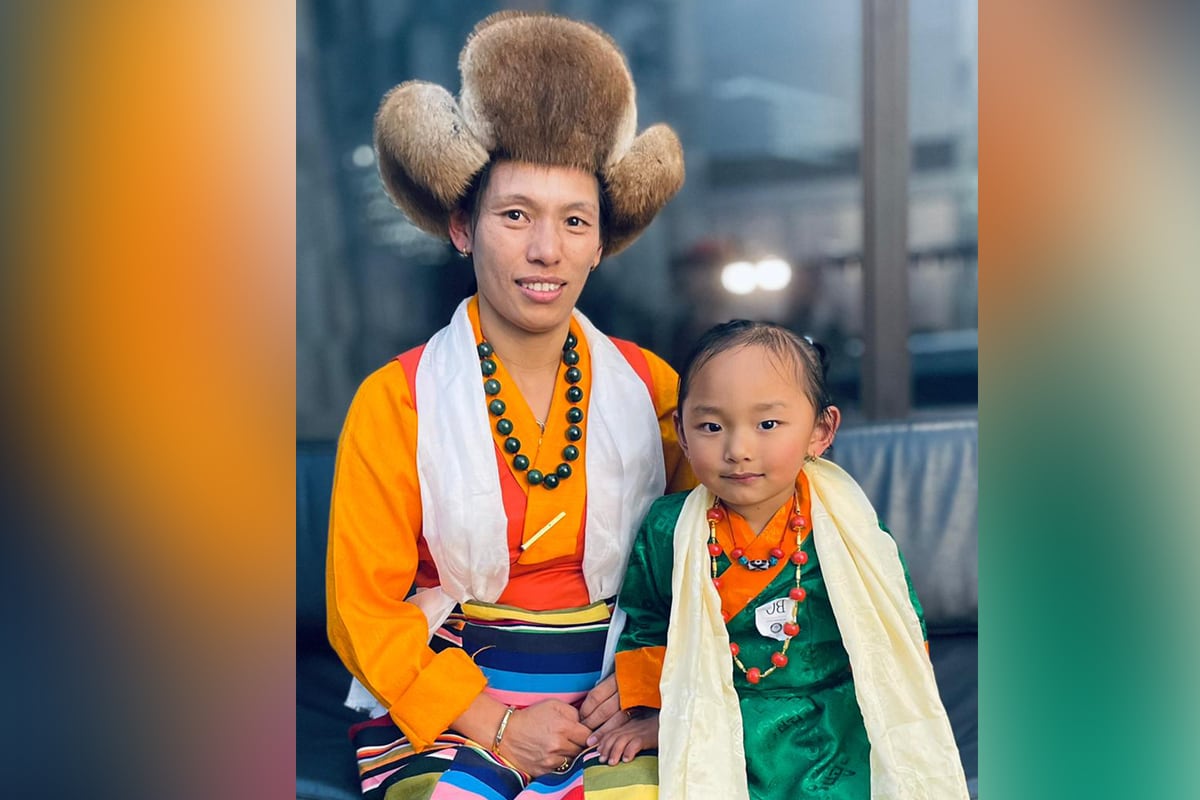
But “Everest is the entire economy."
“There are hotels, there are guides and porters. That is how locals see it. As a job,” says Phulamu Sherpa, whose father runs a tourism business. “And the Covid-19 pandemic showed us how important it is - the economy was stalled, and parents couldn't send their kids to school."
Lhakphutti Sherpa grew up in the Makalu Barun National park region, at the foothills of Mt Makalu (which is the fifth-highest peak in its own right), about 20km from Everest as the crow flies. She didn't have any formal schooling because there were no schools around her village.
She grew up monolingual, speaking only the Sherpa language and left the region after she was married, to come directly to Upper Hutt in 2003, where she still lives today. She attended English classes here, alongside resettled refugees, and also learned Nepali, interacting with others in the Nepali community. “Was it difficult for you when you got here?” I ask. “Oh, I would just nod my head and smile every time someone spoke,” she replies, laughing.
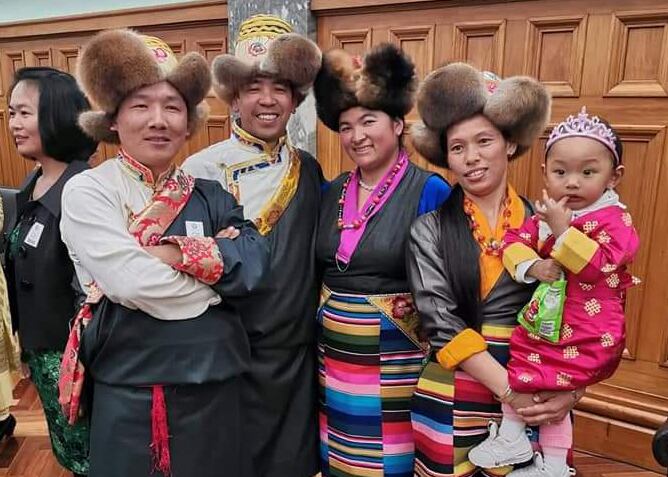
Her husband, Nima Wagchhu Sherpa, who grew up “slightly off the Everest trail”, started going to a school after Sir Edmund Hillary built one in a neighbouring village two hours away. They have both witnessed vast changes in the Khumbu region over the decades, and almost all of that change has been brought about by mountaineering.
“You have to climb for economic reasons,” Nima says. “If we stop climbing, half the Sherpa in Nepal will have no income.”
“And when the husband is up there climbing, the wife and family are back home praying,” he adds. Lhakphutti nods, “It is very important for us to say our prayers.”
“Miyolangsangma is the goddess of wealth, of industry and earning,” explains Yangzin. “So when people who don't have other means of making money decide that climbing the mountain can be a source of income, she will forgive us, and watch over us.”
The Khumbu region is a beyul- a sacred, hidden valley blessed as a refuge and protected by deities. "Of all the places in the world, the highest mountain happened to be in our backyard. And for many who had nothing, this was probably God giving us a way," Yangzin says.
Lhakphutti and Nima like to look at it pragmatically. “I always say if Sir Edmund Hillary and Tenzing Norgay had not come to climb Everest, we would not have been here.”
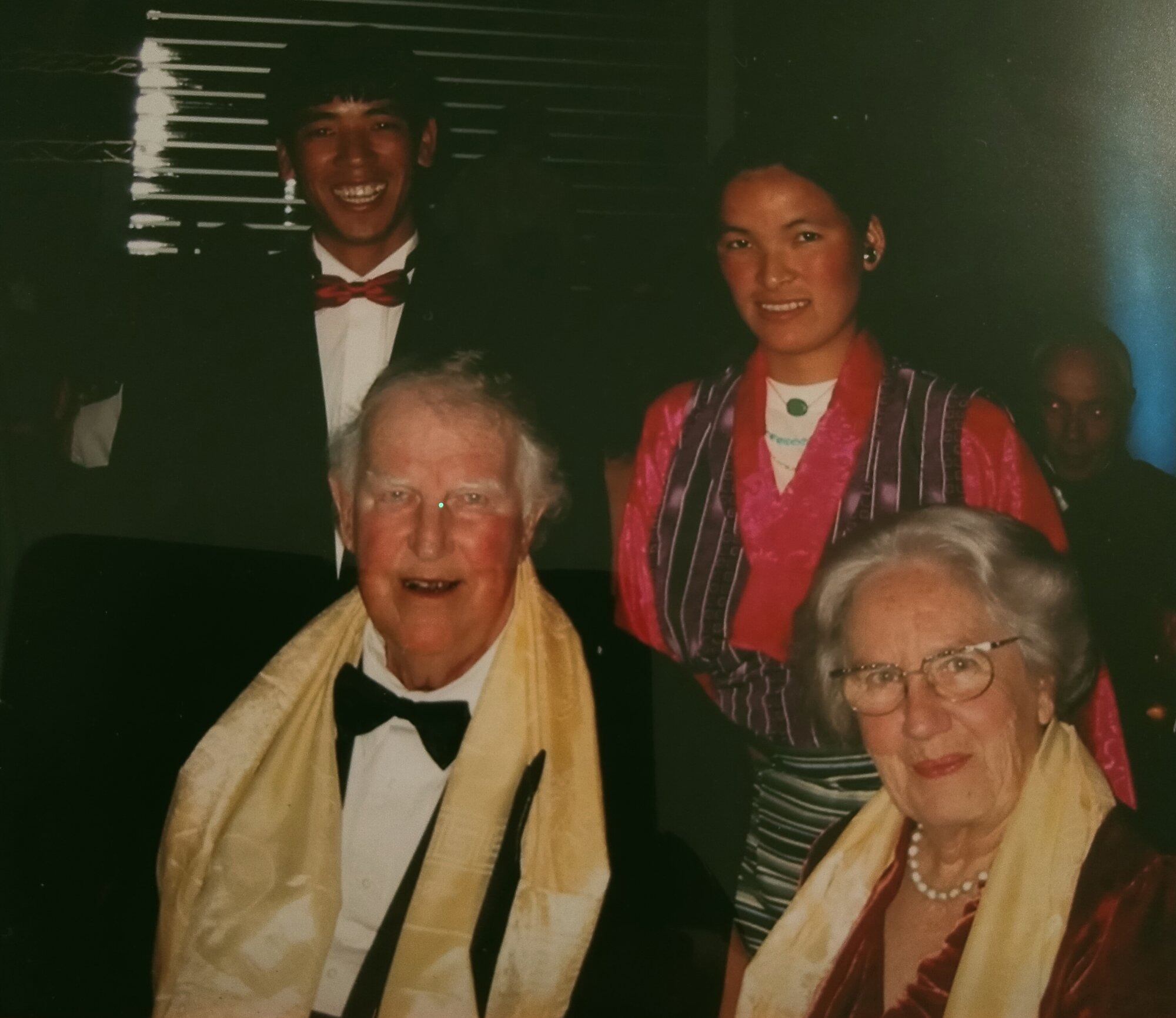
Saving the reo
"If there is one thing I have learnt from te ao Māori, it is to speak your language with pride," Yangzin Sherwa says.
Phulamu Sherpa agrees. “I feel like tikanga Māori shares many elements with our practices and beliefs,” she says. “I do feel their women are more empowered and they have a more equitable place in society, and I wish our women were more empowered.”
She is not fluent in the Sherpa language, and wishes her community would take pride in transmitting their language and culture to the next generation.
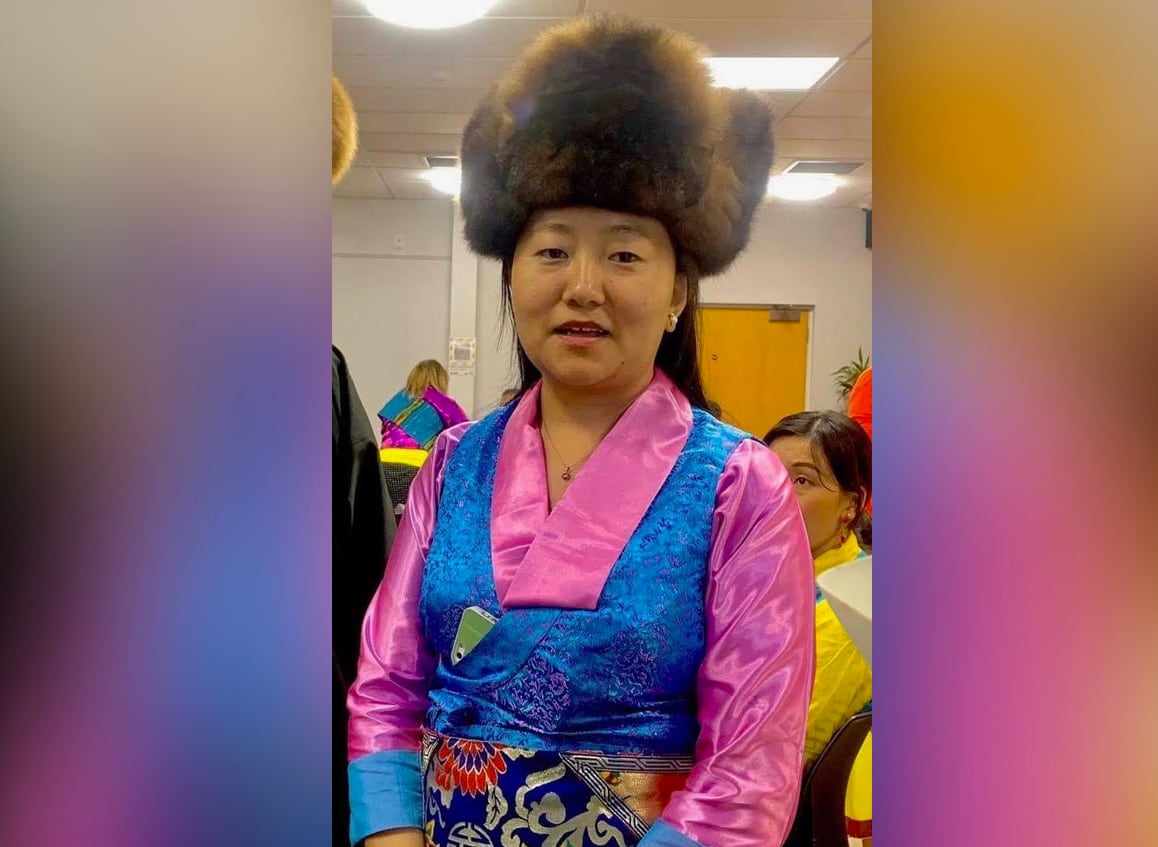
Not the easiest task, Lhakphutti acknowledges. “Our kids don’t speak Sherpa, and they are reluctant to learn it, because they do not see value in their own language.”
And language isn’t the only thing disappearing. Change is coming in all forms. Roads are being built everywhere, which is great for locals but there is also the dilemma of losing the “charm," Phulamu says. “People go trekking in Khumbu because there are no roads. Why will anyone go trekking when you can just drive there?”
There is also an exodus of young people. “Everybody who can read and write is in Kathmandu,” says Lhakphutti. “Or overseas. Our villages are like ghost towns, only the kids and the elderly remain.”
“There is no agriculture anymore,” says Phulamu. “Nobody is growing anything, not even potatoes.”
“Coming to New Zealand is great for health and education but the culture goes to zero,” Nima laments. “At this rate, in a few generations, it’s going to be like “who is a Sherpa?”
Who is a Sherpa?
The word Sherpa (also transliterated as Sherwa) means People of/from the East, a reference to the eastern part of Tibet where the people who first crossed the Himalaya and settled in Khumbu came from. But the word has made its way into English and means anything from fleece (Sherpa blankets) to porters who carry loads for trekkers and climbers, whichever ethnicity they may belong to.
“When foreigners hear 'Sherpa,' they ask, oh, are you a porter?” says Lhakphutti, miming a tumpline (a sling for carrying a load on the back).
“I get teased sometimes when I help someone with their luggage,” says Phulamu. “People knowingly or unknowingly remark “oh, you’re a Sherpa, right?”
“It can be difficult to explain,” Nima says.
Nima and Lhakphutti run a trust that helps kids in their village with health and education. The trust has provided scholarships, paid the salary for an English teacher in the village school, put up solar panels and built greenhouses. “Our village is very high,” Nima says. “10,000 ft. Whatever we grow, we can only have one crop a year. Greenhouses can change that.”
"We remember our troubles growing up and are doing what we can, so the next generation has it better,” Lhakphutti says.
Things might be changing for the better. While better connectivity means traditional trekking routes are disrupted, it also means better access to healthcare. There are a lot more schools in the area than when Nima and Lhakphutti were growing up.
And for those who stay in the Khumbu and work in mountaineering, there are more training and certification courses and tourism is recovering from the pandemic.
But it’s not sustainable to go back to how things were before Covid, Nima points out.
“This overcrowding is new - it’s only in the past eight to nine years that we are hearing of traffic jams on and at the top of Everest. We heard of more than 300 people going to the summit in a day. And because they pay, our people have to take them.
"They might have to carry them, or drag them but they will take them to the top.” And with more tourist climbers also comes more litter.
All this mountaineering on Everest is “good for the economy but maybe bad for the environment,” he says.
There is also an increasing awareness among people of their identity, Phulamu feels. “Ten years ago, it was about going away, studying. Now it’s about coming back, connecting with your roots. Young people are learning traditional architecture, carving. Preserving our culture is looking possible and practical.”
“With everyone calling it Everest, there is a real chance that the name Chomolungma will disappear from our lexicon, even among the Sherpa,” says Nima. “It is important that we sometimes refer to her by her real name.”
Yangzin agrees. "Ko Chomolungma te maunga," she signs off, smiling.
Rituraj Sapkota is Māori Television’s Press Gallery videographer. He is originally from Nepal and is working with members of the Sherpa community in Wellington to create video content in the Sherpa language.

